Key Ideas and Details
- Free Plan
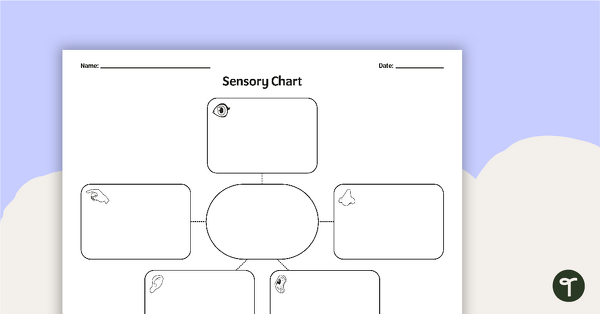
Sensory Chart Graphic Organizer
A graphic organizer for students to use when categorizing sensory details.
- Free Plan
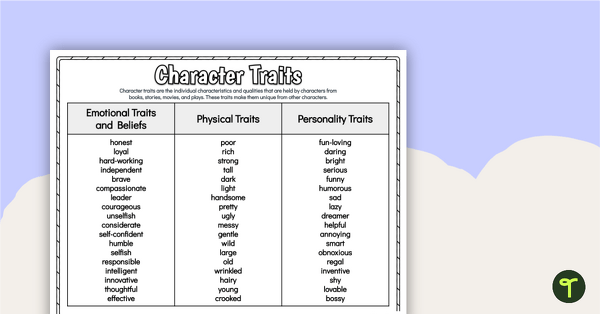
Free Character Traits List
Teach your students to analyze characters more effectively by providing them with a list of character traits.
- Plus Plan
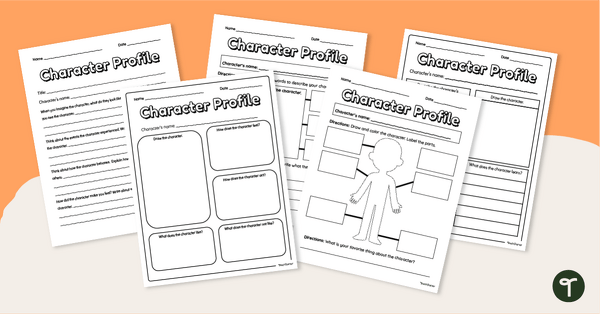
Character Profile Template Pack
Explore the personality, appearance, feelings and actions of a character with printable character profile templates.
- Free Plan
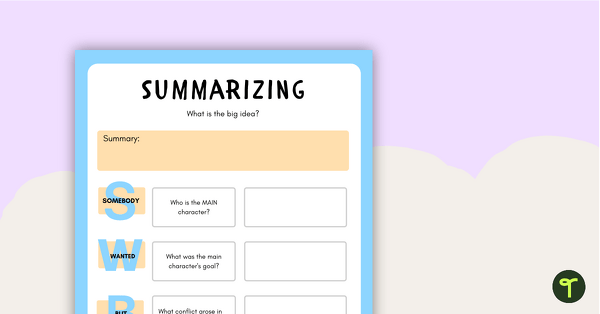
S.W.B.S.T. Summarizing Graphic Organizer
Use this printable SWBST strategy graphic organizer with students to write a summary for a fictional piece of text.
- Plus Plan
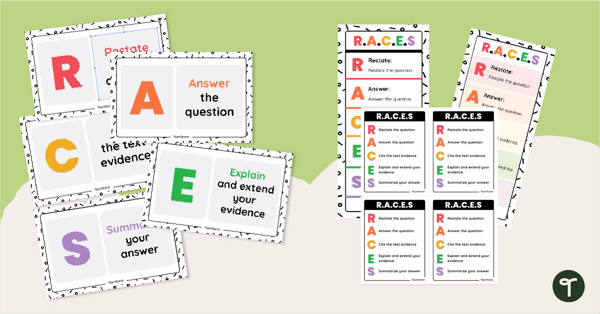
R.A.C.E.S Writing Strategy Checklists & More
Help your students write quality constructed responses with printable R.A.C.E.S. writing checklists.
- Free Plan
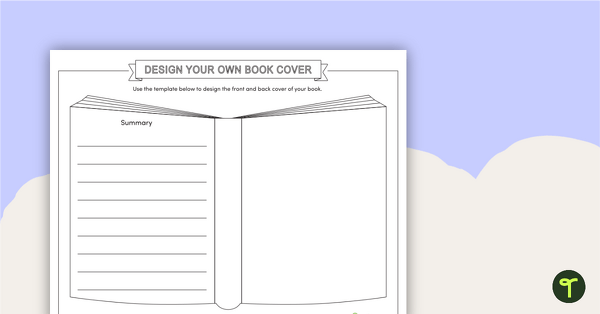
Design Your Own Book Cover Worksheet
Design a new book cover and summarise a book using this one-page, printable template.
- Free Plan
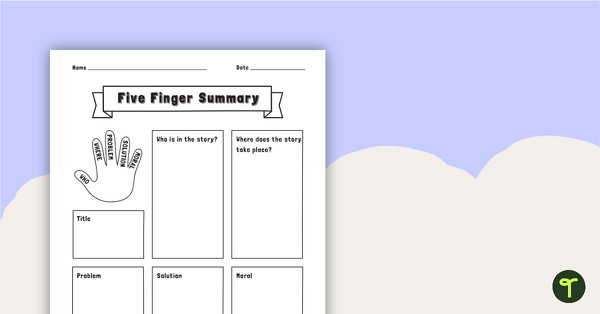
Five Finger Summary - Graphic Organizer
A graphic organizer for students to use to summarize a fiction text.
- Plus Plan
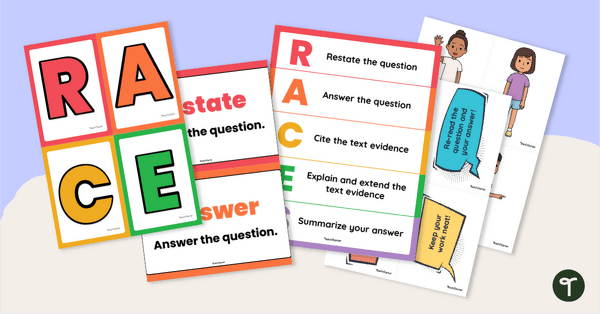
R.A.C.E.S. Writing Strategy Bulletin Board Display
Help your students write quality constructed responses by displaying your printable R.A.C.E.S. Writing Strategy bulletin board display.
- Plus Plan
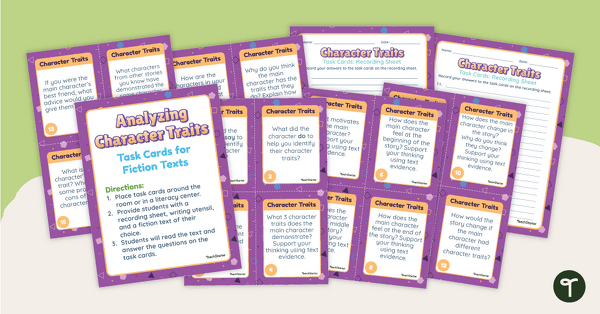
Character Analysis Task Cards
Use these task cards to practice analyzing characters within any fictional text.
- Plus Plan
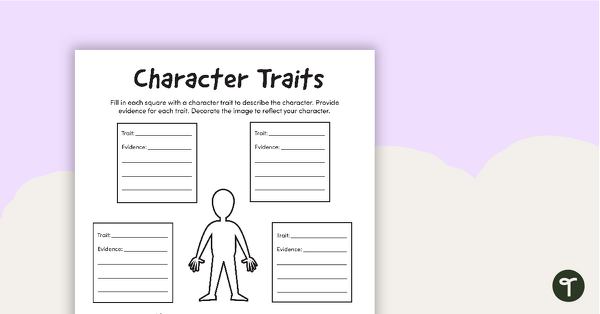
Character Traits Graphic Organizer
Describe the most notable mental and moral qualities of a real or fictional person.
- Free Plan
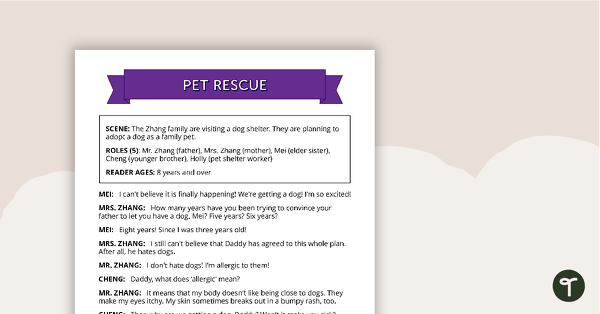
Comprehension - Pet Rescue
A fun script and set of questions to help students develop reading and comprehension strategies.
- Free Plan
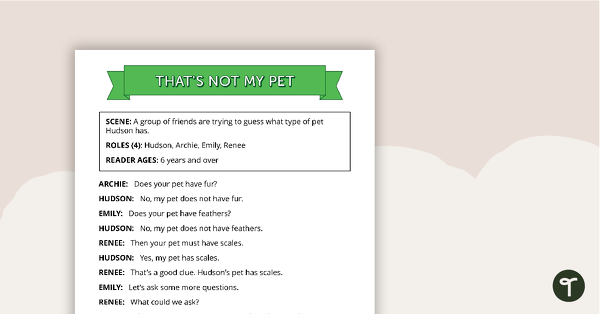
Comprehension - That's Not My Pet
A fun script and set of questions to help students develop reading and comprehension strategies.
- Free Plan
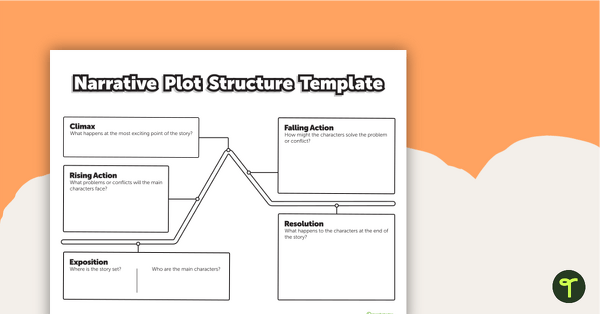
Narrative Plot Structure - Story Mountain Template
Use a story mountain template to help your students write narrative stories.
- Plus Plan
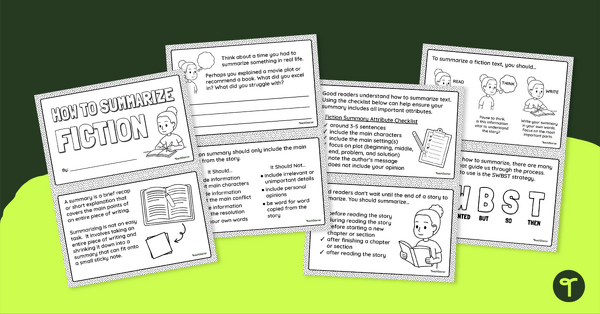
How to Summarize Fiction Mini Book
Explore the important factors of summarizing a fiction text with this student mini-book.
- Plus Plan

Summarizing a Story Graphic Organizers
Help students remember the fundamentals of summarizing a story with this set of fun graphic organizers.
- Plus Plan
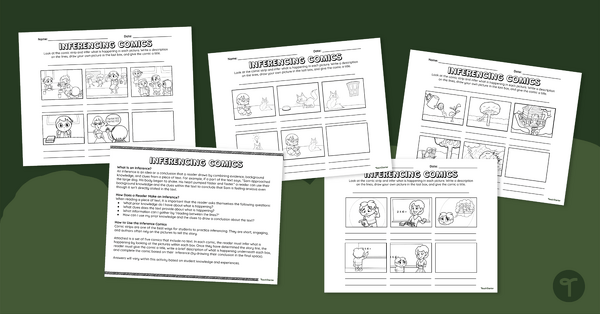
Inferencing Comics
Use this set of comic strips when teaching your students how to infer information from everyday situations.
- Plus Plan
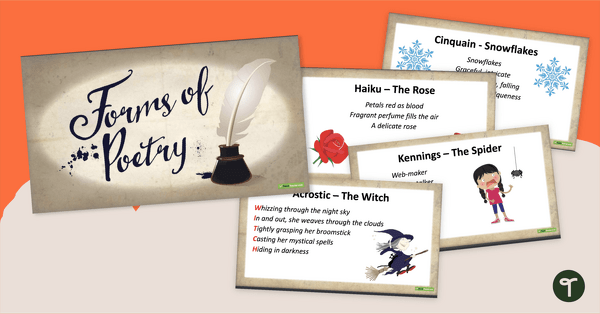
Types of Poems - Instructional PowerPoint
A 28 slide editable PowerPoint template the use when introducing students to structured forms of poetry.
- Plus Plan
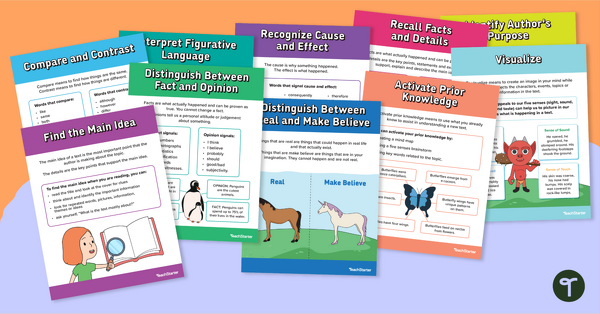
Reading Comprehension Strategies Anchor Charts
Provide young readers with concrete examples of reading strategies with a set of 18 ready-made reading anchor charts.
- Plus Plan
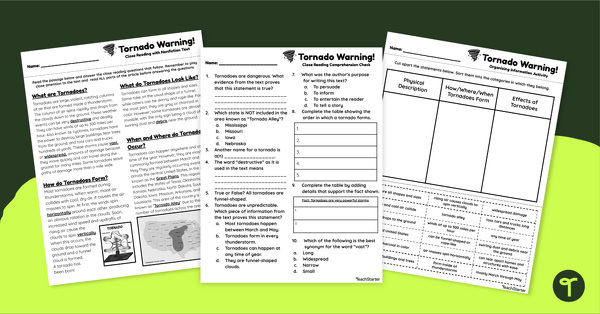
4th Grade Writing Worksheets: Tornado Text-Based Writing
Enhance your students' comprehension, vocabulary, and writing skills using 4th Grade writing worksheets and a high-interest reading passage about Tornadoes.
- Plus Plan

Novel Study – Draw a Scene Worksheet
Explore important scenes from a class novel through a drawing activity.
- Plus Plan
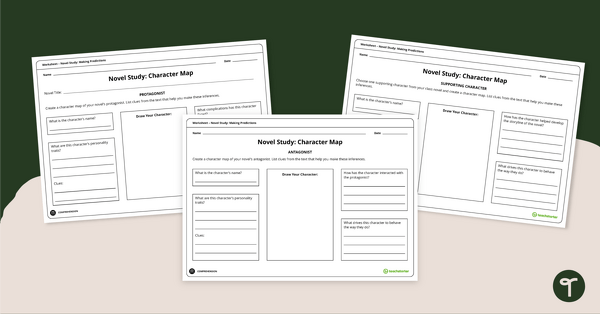
Novel Study – Character Map Worksheet
Explore and analyze the characters in your class novel with this set of three worksheets.
- Free Plan
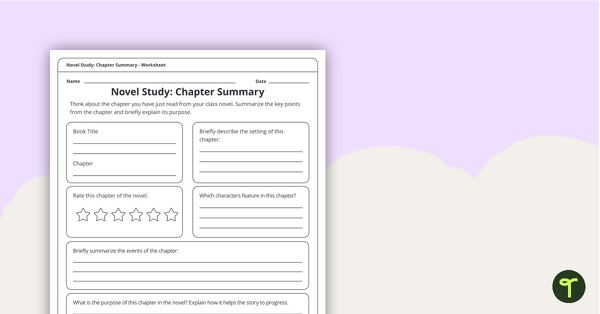
Novel Study – Chapter Summary Worksheet
Reflect on a chapter in a class novel using this one-page worksheet.
- Plus Plan
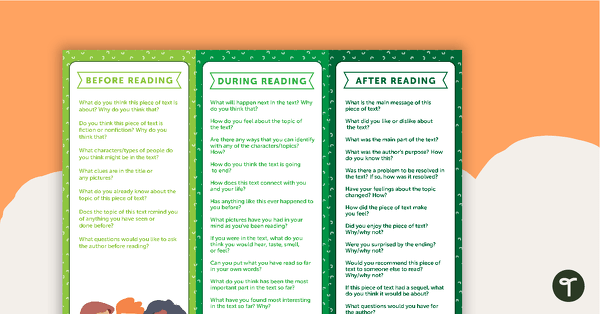
Before, During, and After Reading Nonfiction – Question Prompts
Question prompts and a worksheet to use when asking questions before, during, and after reading.
- Free Plan
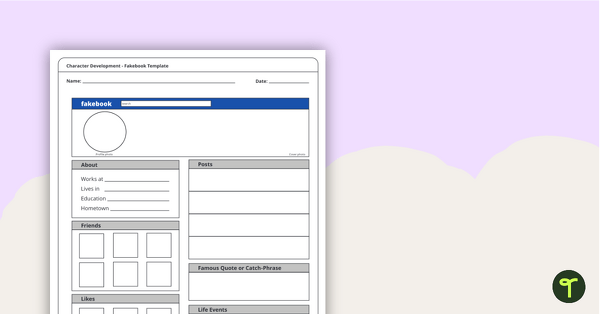
Character Development – Fakebook Page Worksheet
Use research and creative writing skills to design a social media profile for fiction or nonfiction persons.
- Plus Plan
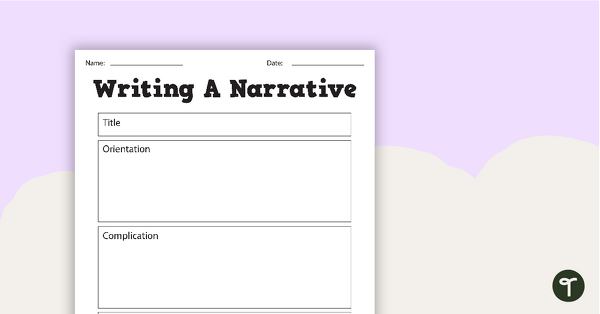
Narrative Writing Pack
A narrative writing teaching pack containing 9 worksheets and posters.
- Plus Plan
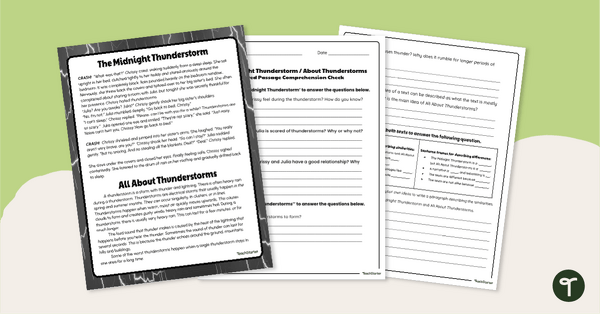
Paired Passage Worksheets - Thunderstorms (3-4)
Use paired passages to help your student practice applying reading comprehension strategies.
- Plus Plan
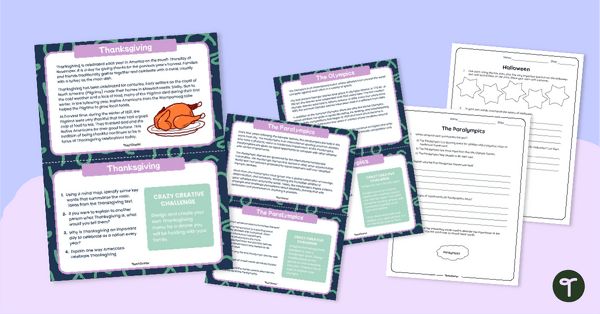
Comprehension Task Cards Summarizing
Practice summarizing text with this set of event-specific task cards.
- Plus Plan
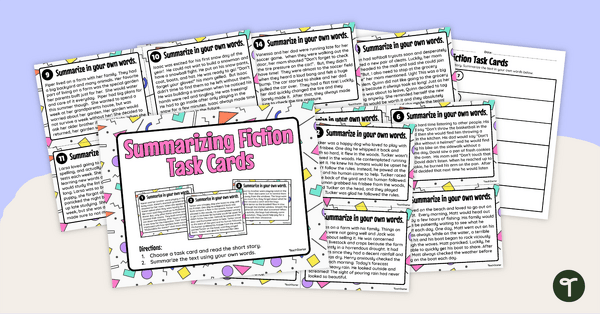
Summarizing Fiction Task Cards
Guide students along their summarizing journey with this set of Fiction texts on task cards for students to summarize.
- Plus Plan
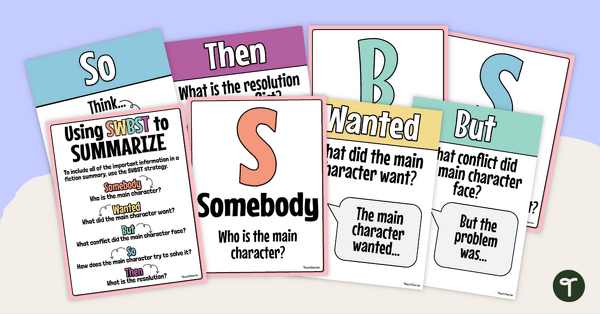
Summarizing Fiction Poster Set
Help students remember what to include in a summary of a fiction text with this easy to use SWBST acronym.
- Plus Plan
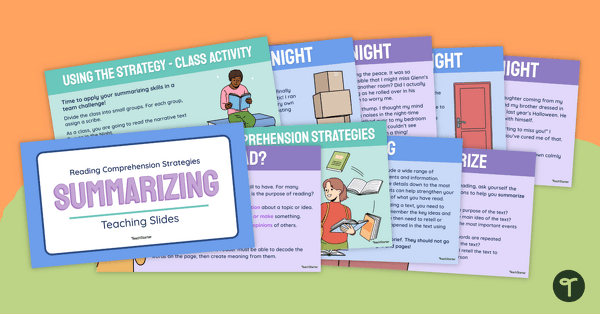
Summarizing Teaching Slides
Teach students all about summarizing with 15 teaching slides of summarizing goodness.
- Plus Plan
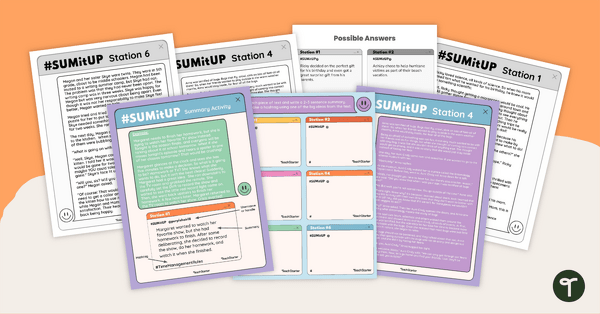
#SUMitUP Summarizing Activity
Summarize fictional text through this whole-class station activity.
- Plus Plan
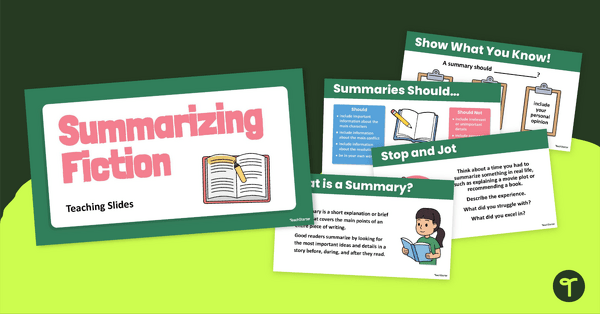
Summarizing Fiction Slide Deck
Build summarizing skills with fiction texts using these teaching slides.